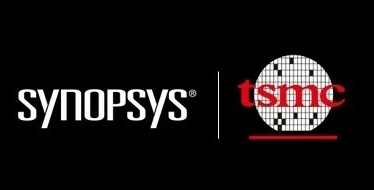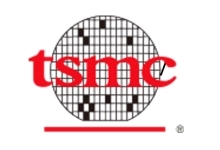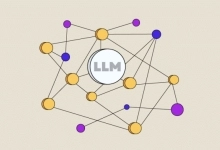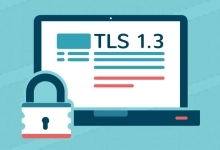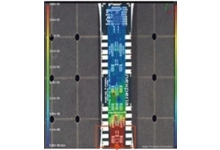-
Search IP
- Categories
- Featured Products
-
News
- Categories
-
Latest News
Synopsys Accelerates Next-Level Chip Innovation on TSMC Advanced Processes
Thursday Apr. 25, 2024
-
Industry Articles
- Categories
-
Featured Articles
Embracing a More Secure Era with TLS 1.3
Tuesday Apr. 02, 2024Maximizing ESD protection for automotive Ethernet applications
Monday Mar. 25, 2024
-
Blogs
-
Industry Expert Blogs
SLM Solutions for Mission-Critical Aerospace and Government Chip Designs
Synopsys Blog - Synopsys Editorial TeamIndustry's First General-Purpose 32-bit RISC-V MCU Core Expands Design Freedom
Renesas Blog - Daryl Khoo, RenesasIs safety and security certification important?
Codasip Blog - David Higham, Codasip
-
Industry Expert Blogs
- Videos
-
Events
- IP-SOC 2024 Archives
